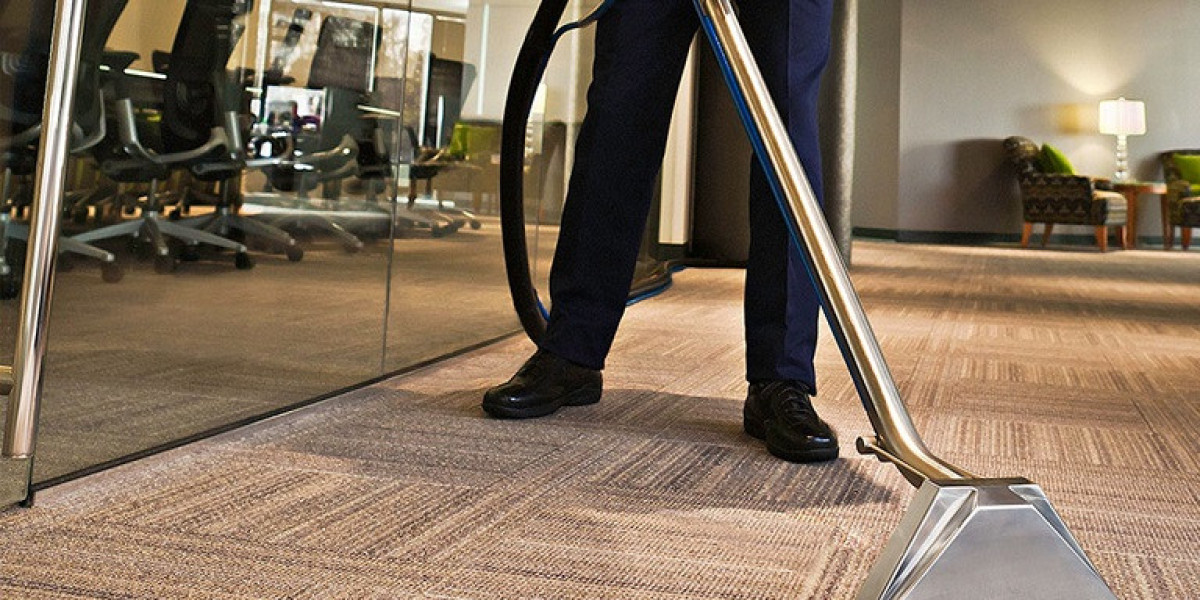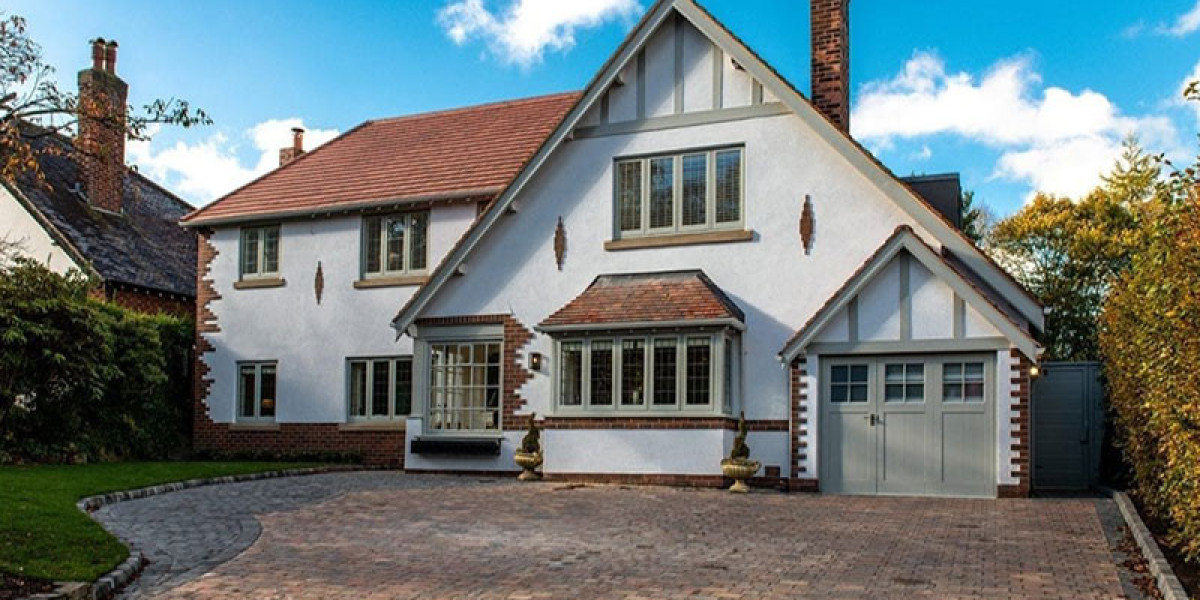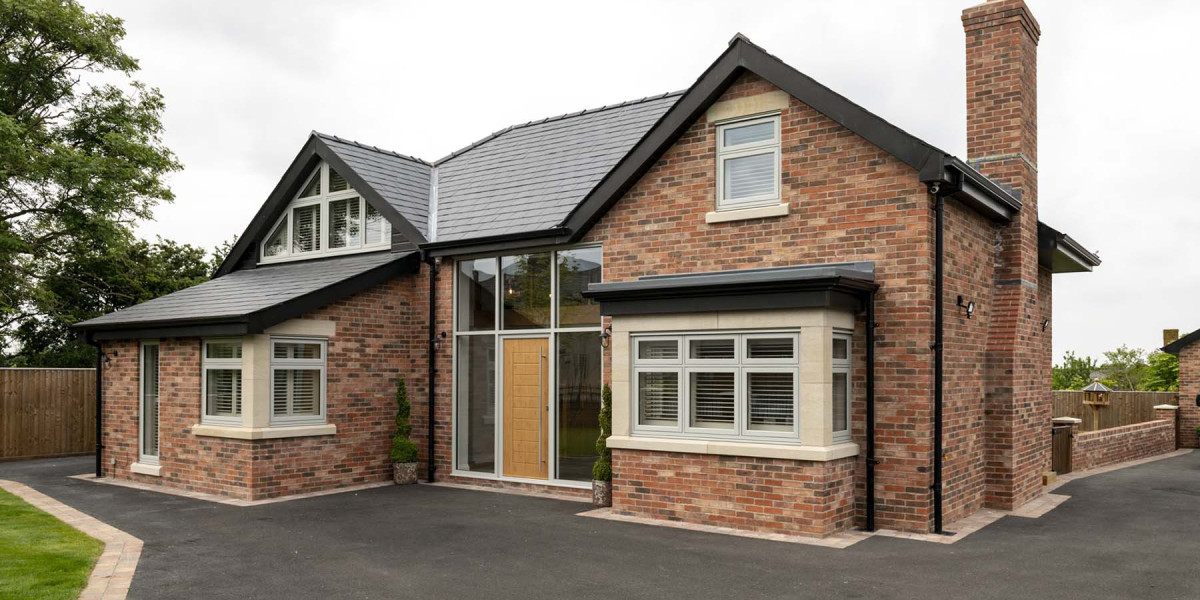Integrated heating is gradually reshaping how people approach temperature control inside homes and workplaces. It differs from standalone heating units by operating as part of a unified system that manages temperature in coordination with other building functions. This results in smoother operation and greater convenience for users.
One strength of integrated heating is its ability to maintain stable temperatures across multiple zones. In larger spaces or multi-room buildings, this consistency eliminates cold spots and reduces the need for individual adjustments. Each area receives the appropriate level of heat, improving the overall indoor experience.
This type of heating system also aligns well with smart home trends. As digital technology becomes more accessible, integrated heating can be paired with centralized controllers or apps that allow users to adjust settings remotely. These controls often offer insights into energy usage, allowing for more informed decisions about how to manage indoor comfort.
Installation methods vary depending on the building layout. For new developments, integrated heating can be embedded in structural elements such as flooring or walls. In existing buildings, surface-mounted options or hybrid models may be used to achieve similar benefits. Either way, the focus remains on blending performance with space efficiency.
Energy regulation is another aspect where integrated heating stands out. By responding to internal and external changes in temperature, the system avoids overuse and reduces unnecessary energy output. This helps maintain a comfortable atmosphere while supporting sustainability.
As awareness of energy use and indoor air quality continues to grow, integrated heating is gaining recognition as a practical and thoughtful solution. It offers a balance of modern technology and reliable function, providing comfort in a way that aligns with contemporary lifestyles.








